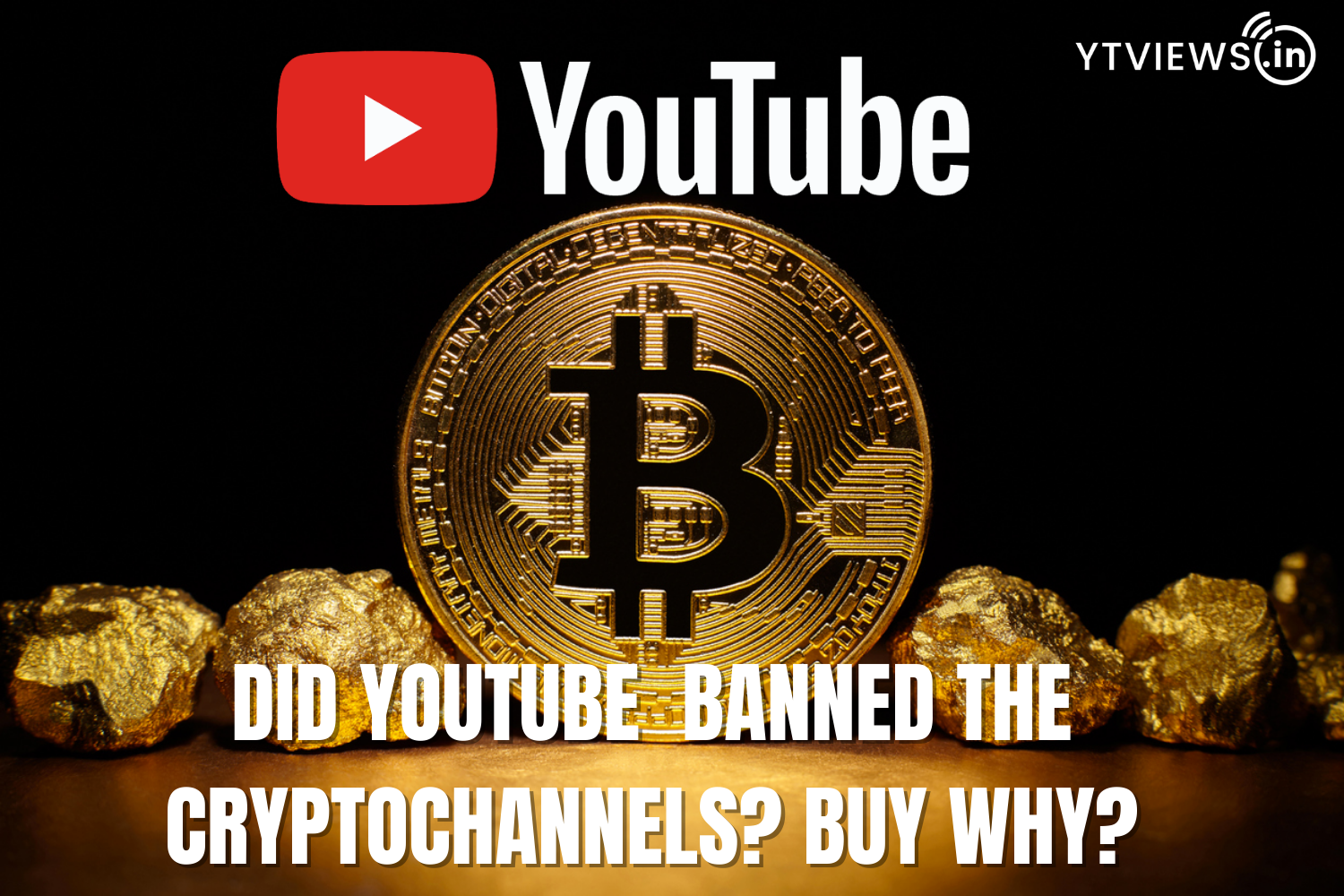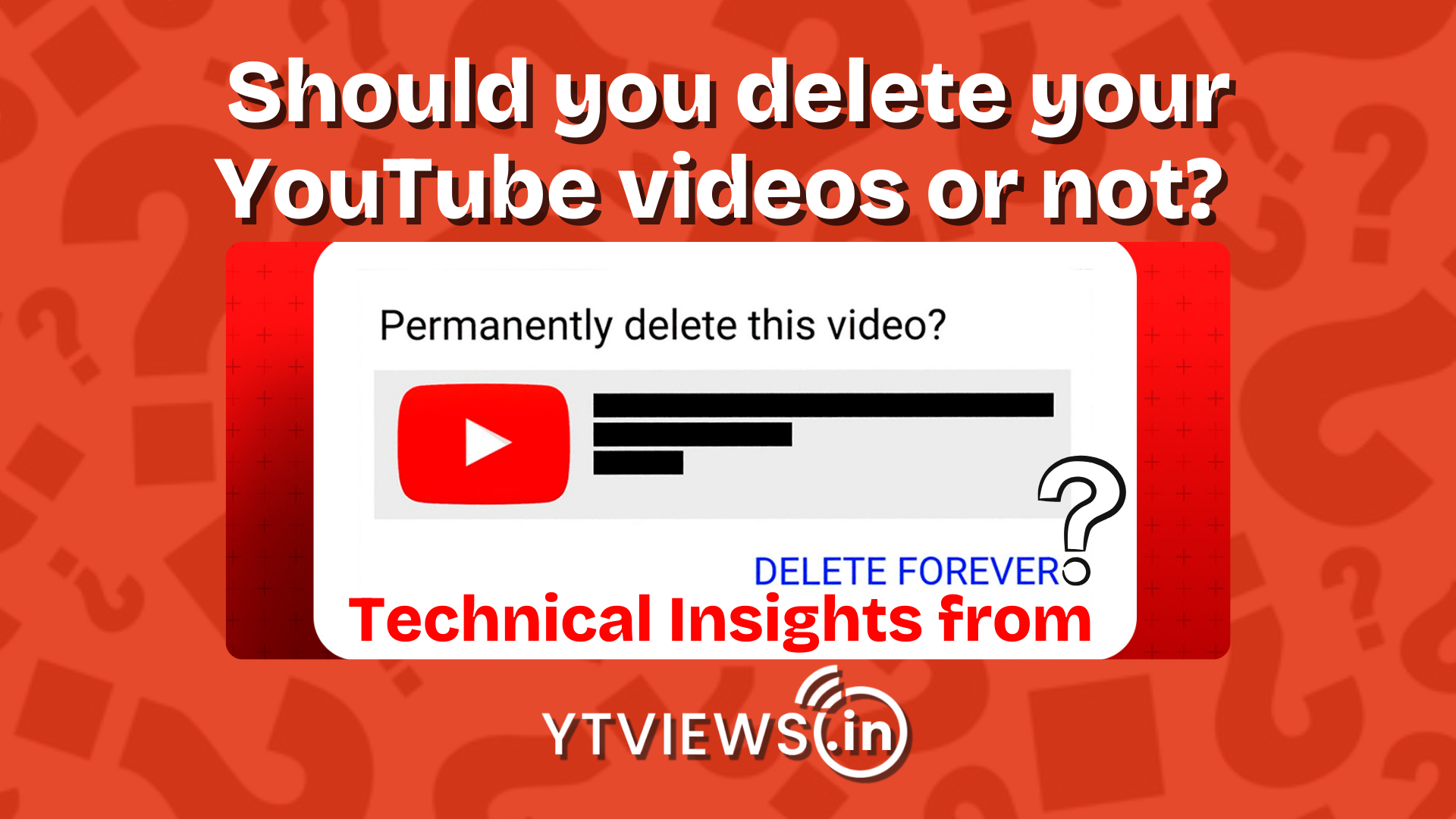Did YouTube Banned The Crypto Channels? Buy Why?
 On Sunday, YouTube, the online video-sharing and social media platform, blocked multiple cryptos and Web3 channels focused on generating instructional content. The sanctions were imposed with little notice or reason, leaving the crypto community perplexed. Many cryptocurrency exchanges and content makers utilize social media platforms like Facebook, YouTube, and Instagram to educate the public about digital assets. These platforms are the most convenient approach for such businesses to reach out to their target audience.
On Sunday, YouTube, the online video-sharing and social media platform, blocked multiple cryptos and Web3 channels focused on generating instructional content. The sanctions were imposed with little notice or reason, leaving the crypto community perplexed. Many cryptocurrency exchanges and content makers utilize social media platforms like Facebook, YouTube, and Instagram to educate the public about digital assets. These platforms are the most convenient approach for such businesses to reach out to their target audience.
Bankless, the leading crypto channel that provides Ethereum-based programming, was one of the blocked channels. It said to its over two lakh followers on Twitter, “The Bankless YouTube account has reportedly been “removed.” There was no forewarning. There was no notification. There is no excuse. One hundred fifty thousand subscribers. There are 10,000 hours of content.” The tweet was accompanied by a picture that had the term ‘Bankless’ erased and replaced with the word ‘Banned.’ Fortunately, YouTube restored the channel some hours later when Bankless tweeted about it.
/cdn.vox-cdn.com/uploads/chorus_asset/file/10581501/wjoel_1777_180403_youtube_003.jpg)
Why Did YouTube Ban Crypto Accounts?
When artists create material on YouTube, they must follow the network’s privacy policies and community guidelines, just like any other social media platform. If producers do not follow these criteria, social media platforms will take drastic action, including temporary bans and content removal.
It’s unclear how instructional crypto or Web3 content might have violated YouTube’s privacy policies. Though YouTube did not provide an official response or explanation, it responded to Bankless’s tweet, alerting them that the account was restored and that the suspension was an error.

Bankless CEO Ryan Adams responded, claiming that YouTube had “clearly made a mistake” by removing the channel. He also asked YouTube CEO Susan Wojcicki on the Bankless program to discuss why “crypto is being attacked” and “web3 and NFTs.”
However, several media sources have speculated that the suspension results from new content screening methods implemented by YouTube during the COVID-19 controversy. Earlier in March 2020, the online video sharing service warned that video deletions might grow for its providers.
 .
.
“Automated systems will begin deleting some content without human review, so we can continue to act rapidly to remove violative content and preserve our ecosystem while workplace protections are in place,” the company stated in a blog post.
It added that its system relies on technology and humans to judge such scenarios. However, amid the COVID-19 controversy, YouTube expanded its dependence on technology to assist human reviewers. As a result, YouTube’s machine learning algorithm may be responsible for deleting crypto accounts and material.









































